Orderup Business Analysis: Startup in Tourism & Hospitality
VerifiedAdded on 2022/10/15
|8
|564
|14
Presentation
AI Summary
This presentation provides a comprehensive analysis of Orderup, an American-based food delivery startup founded in 2009. The analysis covers Orderup's business structure, its evolution from a Grubhub subsidiary to a franchise model, and its service delivery capabilities. It examines the quality and completeness of its mobile application, its user interface design, and its strategies for customer acquisition. The presentation also touches upon the company's valuation, innovation, and the impact of tax law changes. The references cited support the research and analysis of the business, its challenges, and its successes within the tourism and hospitality sector. The presentation highlights Orderup's market strategies, business model, and its significance in the food delivery industry.
1 out of 8
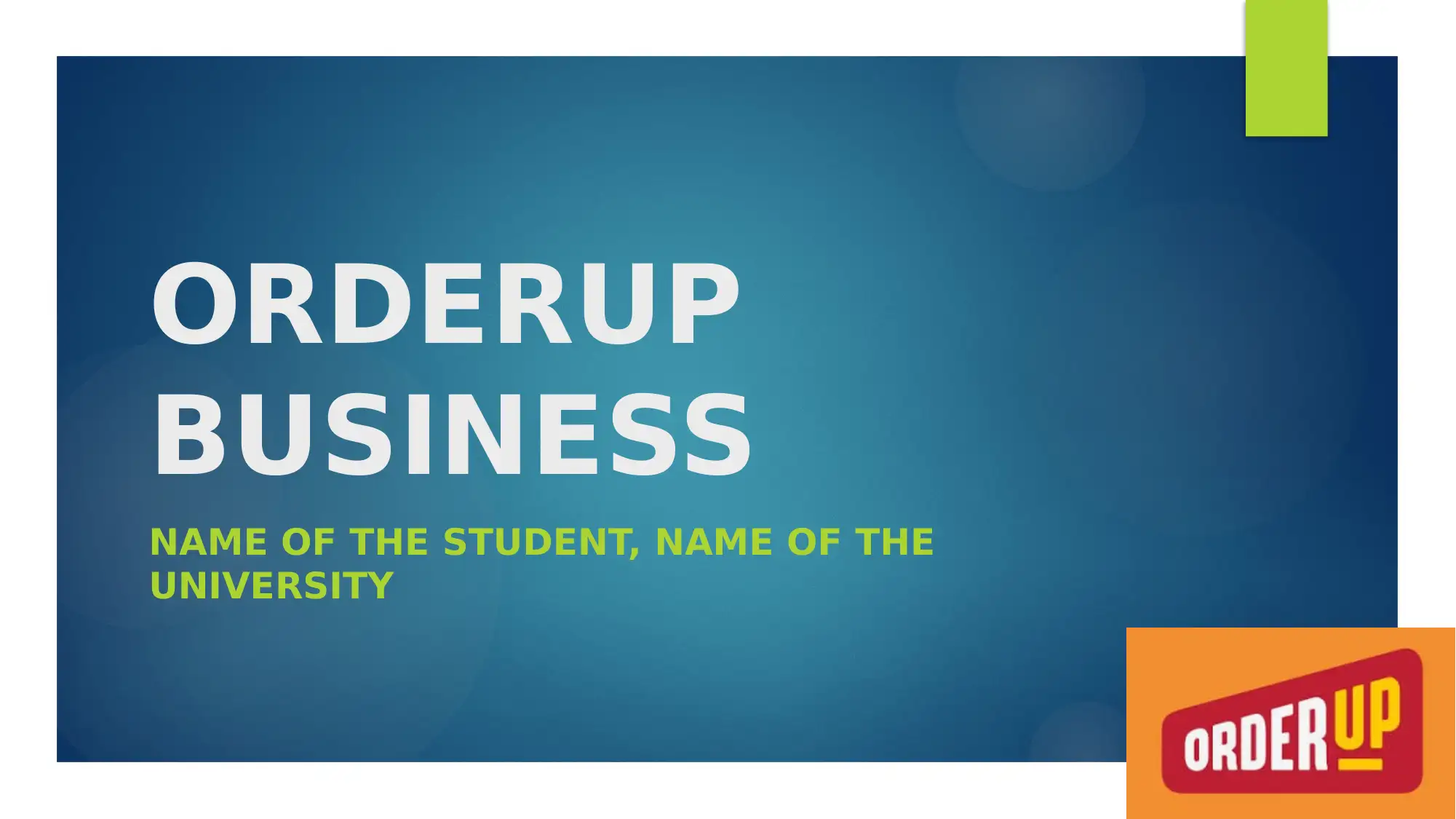
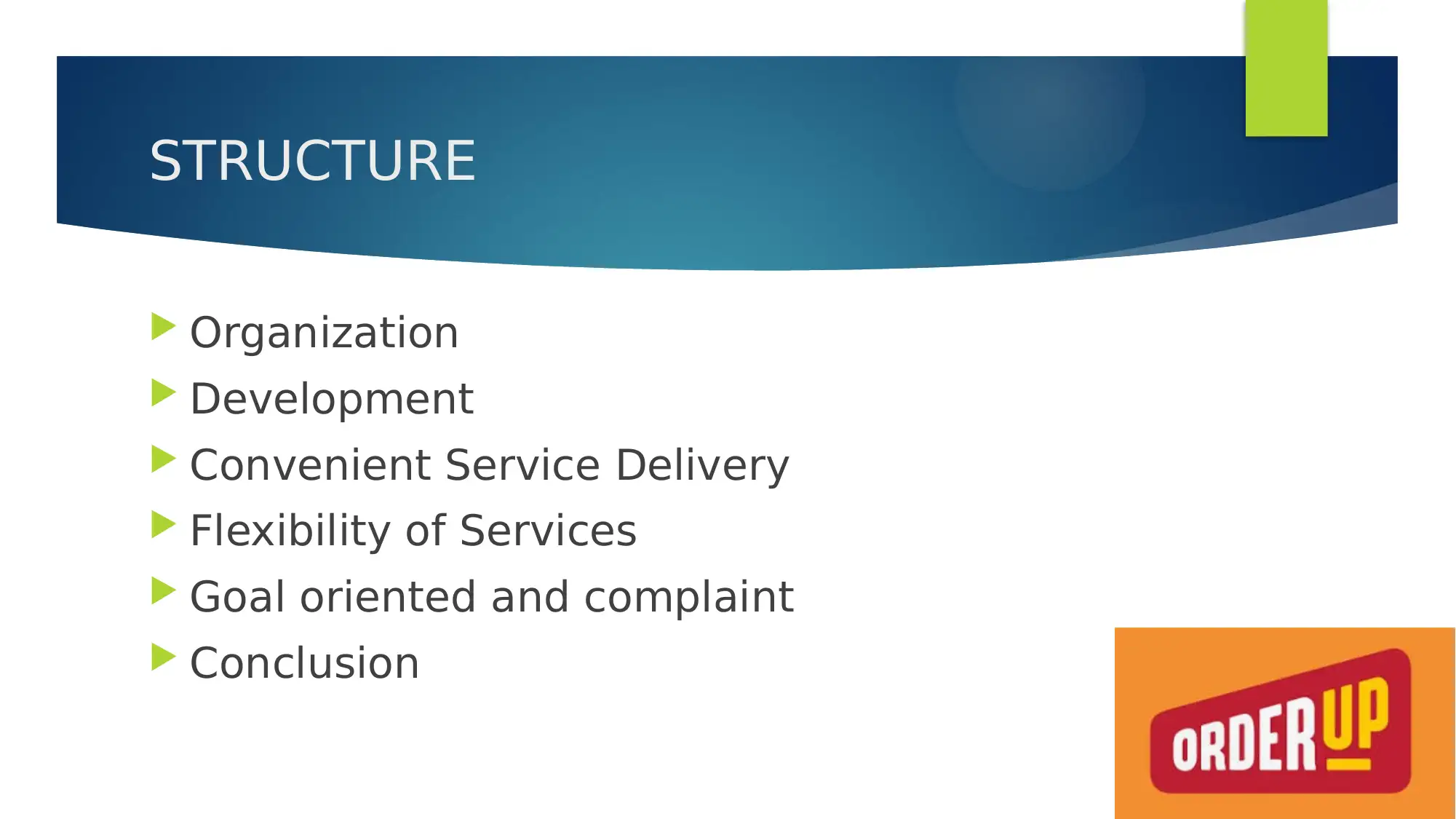
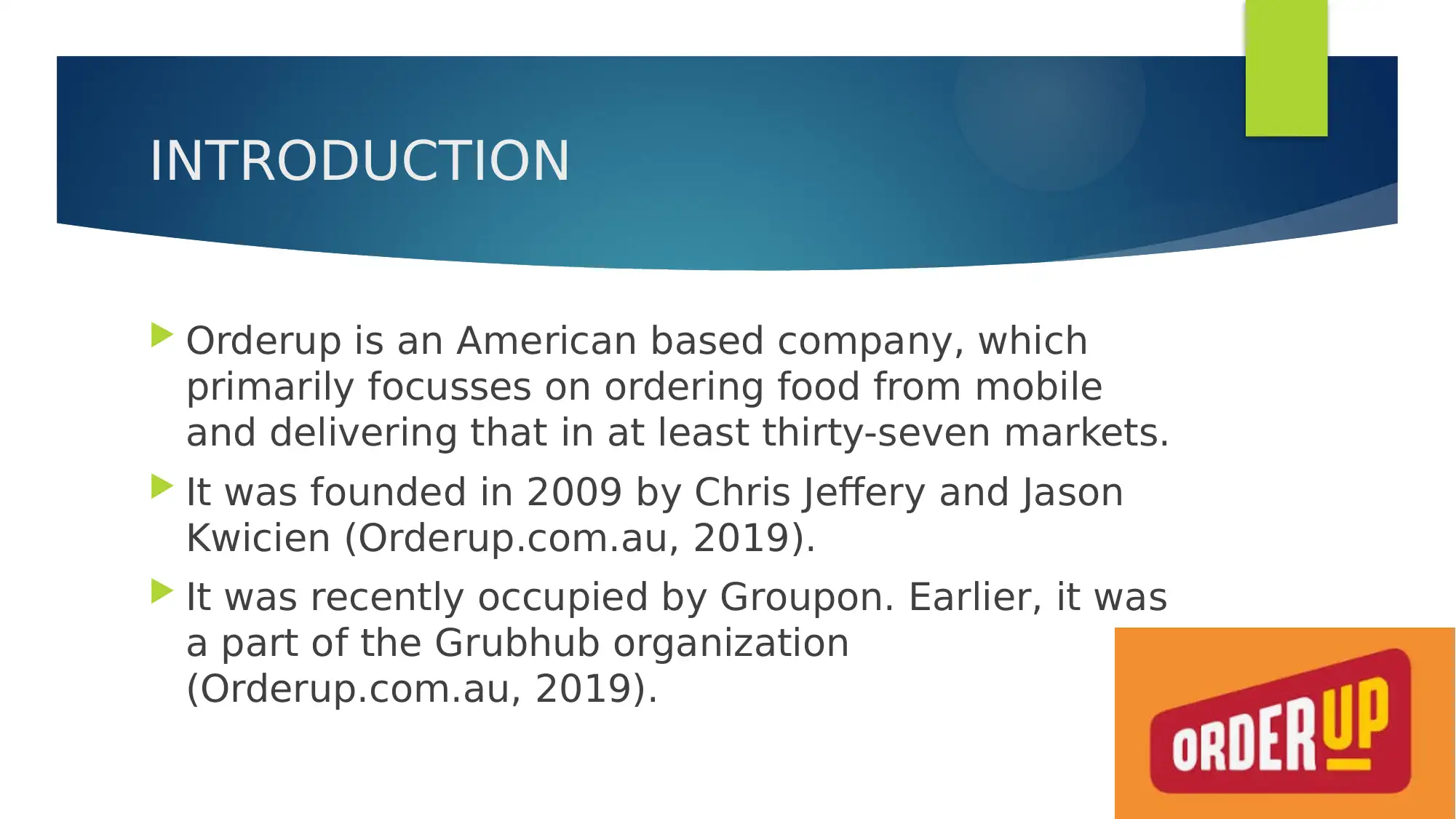

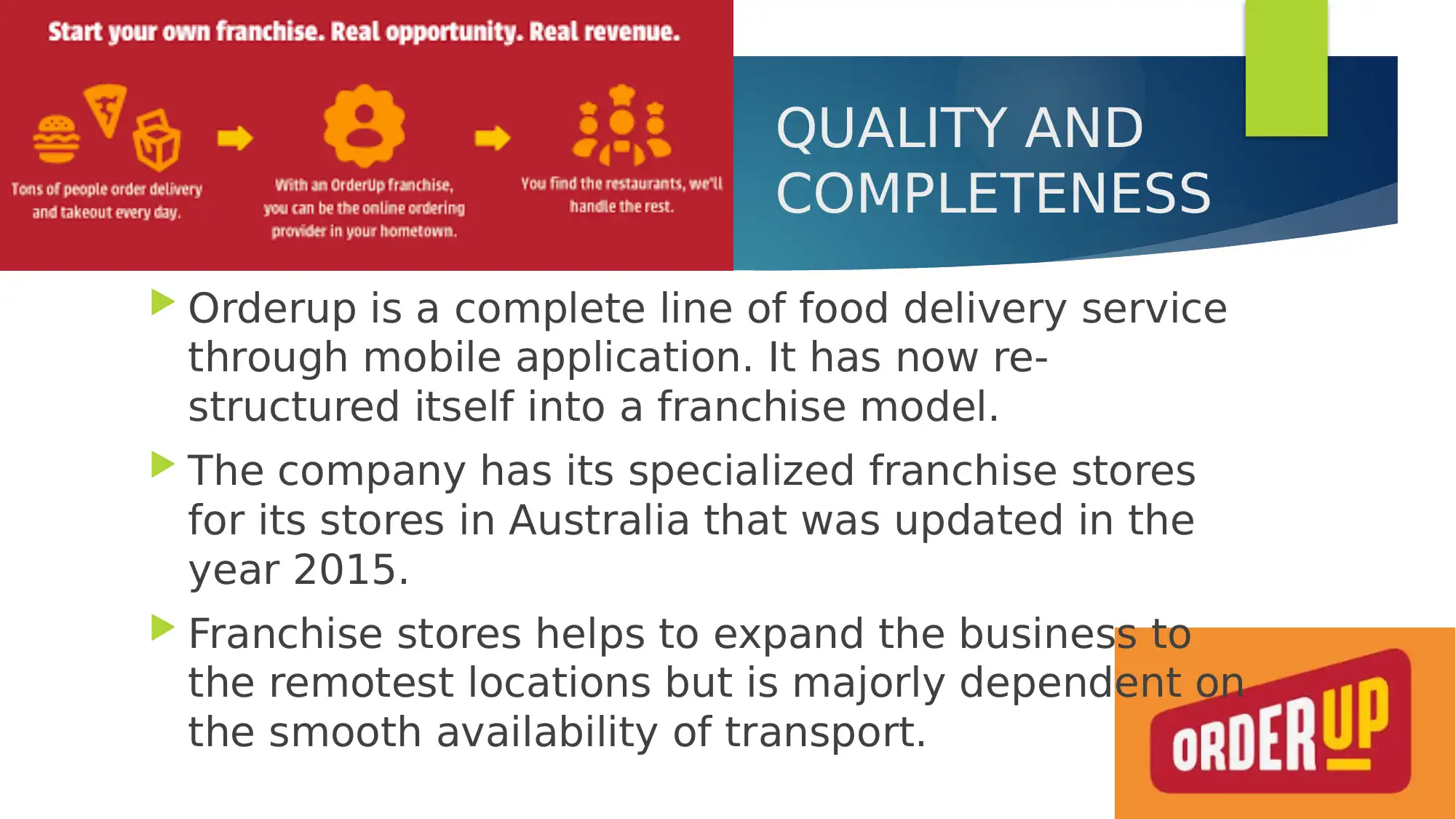
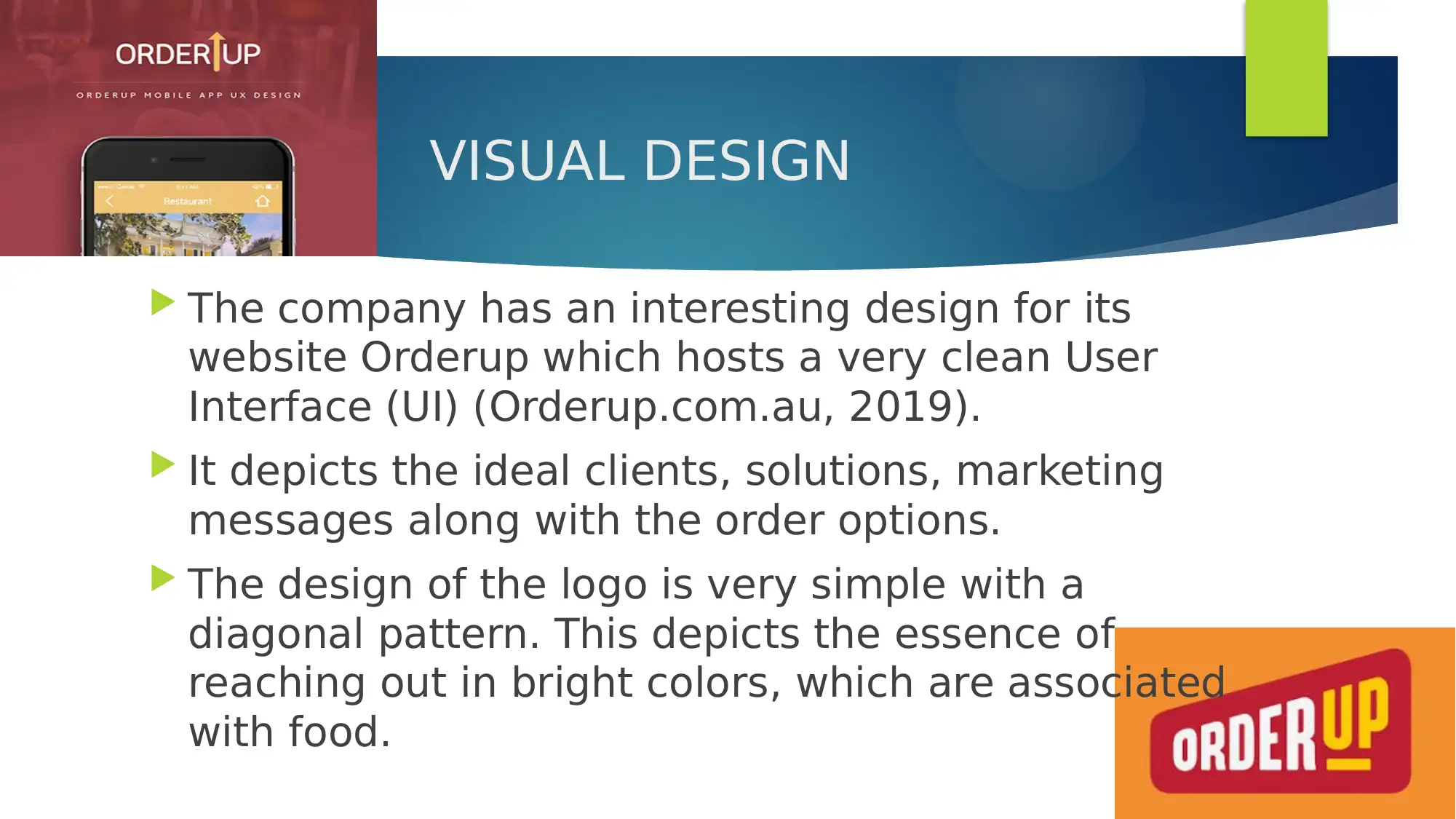
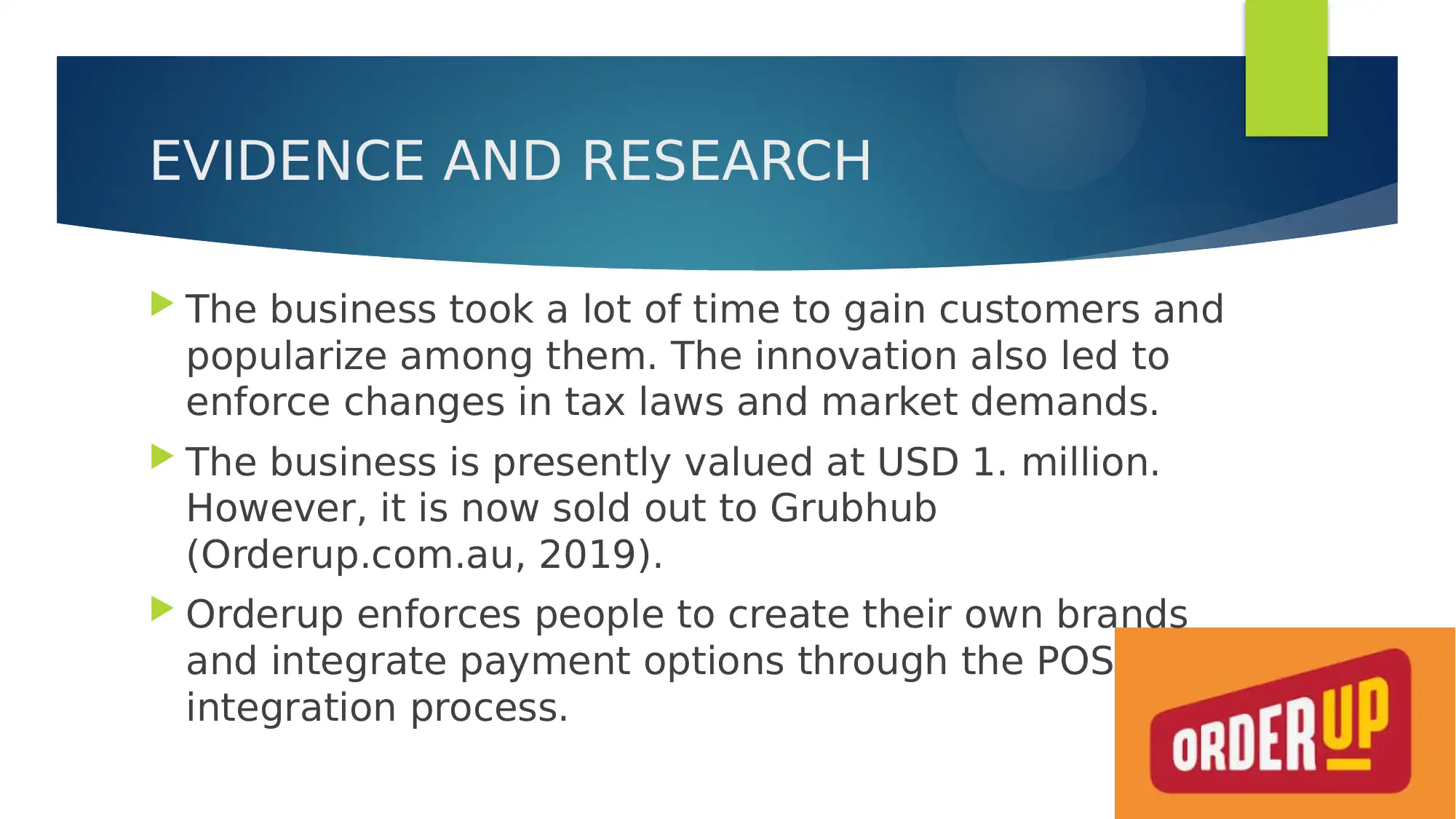
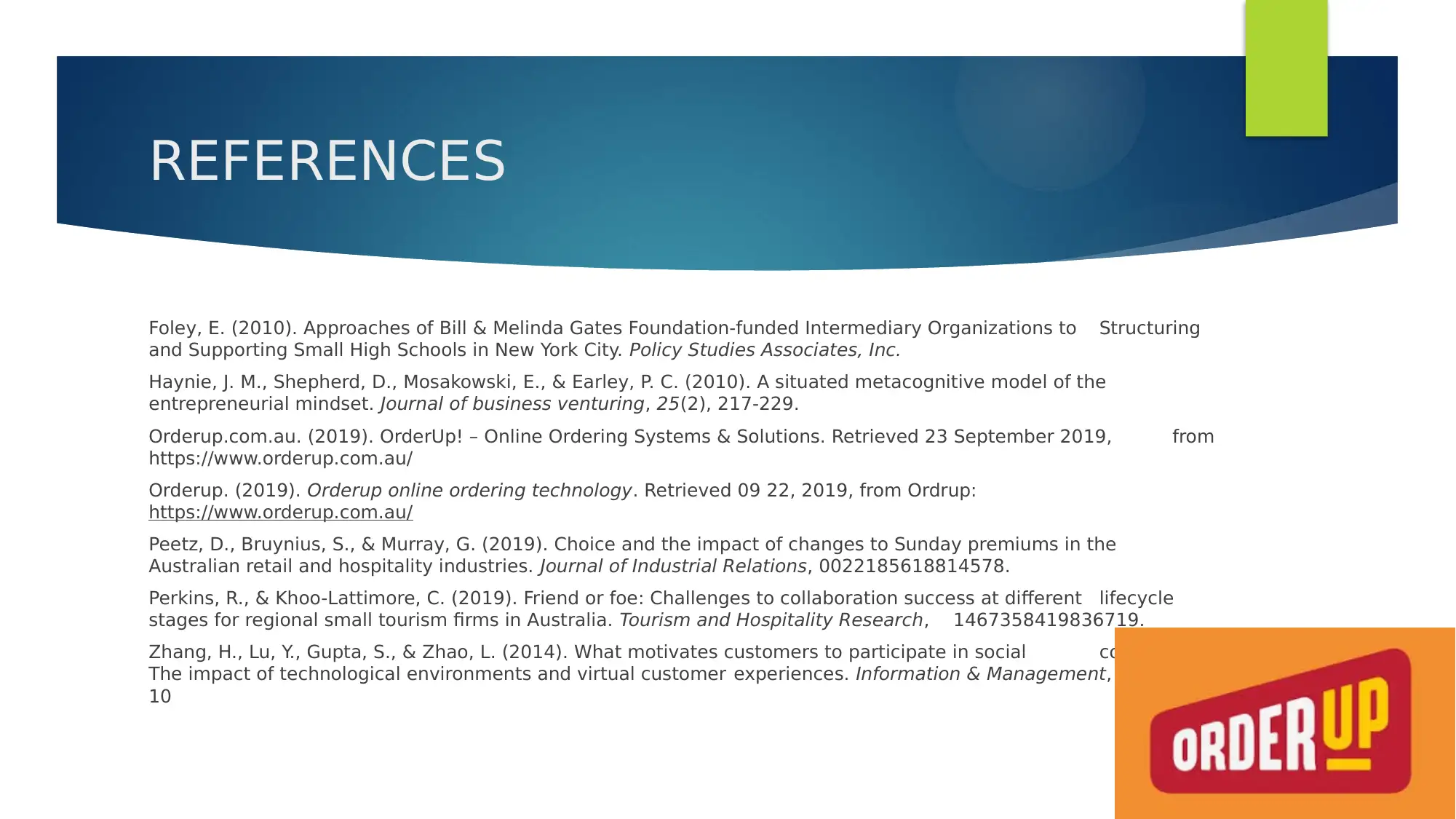




![[object Object]](/_next/static/media/star-bottom.7253800d.svg)